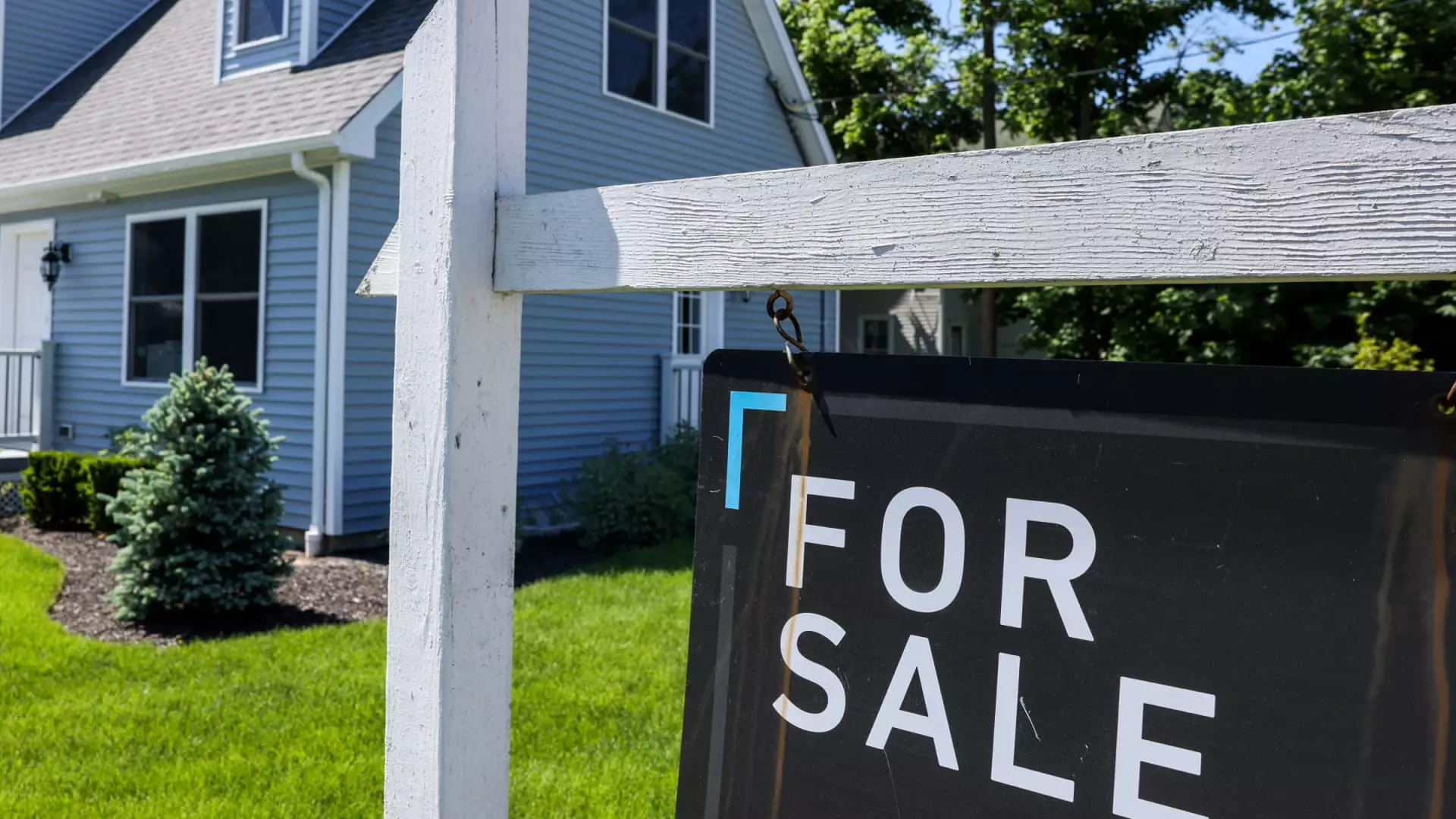Recent headlines tout a surge in mortgage applications, projecting optimism about a recovering housing market. A 9.4% weekly increase might seem promising at first glance, but a deeper analysis reveals this as a temporary fluctuation rather than a sign of sustained growth. The slight dip in mortgage rates to 6.77%—the lowest in three months—may have temporarily rekindled some buyer enthusiasm, but it would be naive to interpret this as a breakthrough. Market dynamics still reflect underlying instability, with mortgage rates already climbing again and consumer sentiment wavering.
What the announcement ignores, however, is the broader economic context: persistent home-price growth moderation does little to mask the economic hesitations weighing on potential buyers. Many consumers are cautious, waiting for more stability before making substantial commitments. While applications for refinancing and purchasing loans have seen a modest rise, these figures remain well below pre-pandemic levels and are not indicative of a robust recovery. These numbers could be easily reversed if interest rates continue upward, undercutting the recent optimism.
The Illusion of Market Strength Amidst Underlying Weaknesses
The surge in mortgage applications is often presented as a sign that we are turning a corner in the housing market. However, such enthusiasm ignores the deeper issues. For instance, high cancellation rates and stagnant pending sales suggest that consumers are uncertain about the future. The fact that signed contracts are not increasing in tandem with mortgage demand indicates a disconnect: buyers are willing to apply but hesitant to commit.
Moreover, the average loan size for home purchases has shrunk to its lowest point since early this year, signaling that buyers are either willing to settle for smaller or less expensive homes or are wary of overextending themselves. This cautious behavior echoes the overall consumer sentiment gloom, which remains fragile and susceptible to adverse economic shocks. In essence, the current uptick should be viewed as a fragile blip rather than a trend.
The Dangerous Myth of a Sustainable Market Rebound
The narrative pushed by some industry observers and media outlets—that recent mortgage surges signify a resilient or improving market—is misleading. It fosters false hope and diverts attention from critical issues: rising mortgage rates, declining affordability, and an uncertain economic outlook. The market is caught in a state of flux, with temporary drops in rates often followed by swift rebounds, creating a pattern of false starts.
Furthermore, policymakers and industry stakeholders should recognize that temporary rate drops do not resolve the fundamental problems: housing affordability crisis, stagnant wage growth, and potential economic turbulence ahead. The idea that a modest weekly increase in mortgage applications signals a sustainable recovery is overly simplistic and risks perpetuating misguided optimism. We must remain vigilant and realistic about the challenges still facing the housing sector, rather than succumbing to superficial market indicators that often exaggerate short-term gains.

